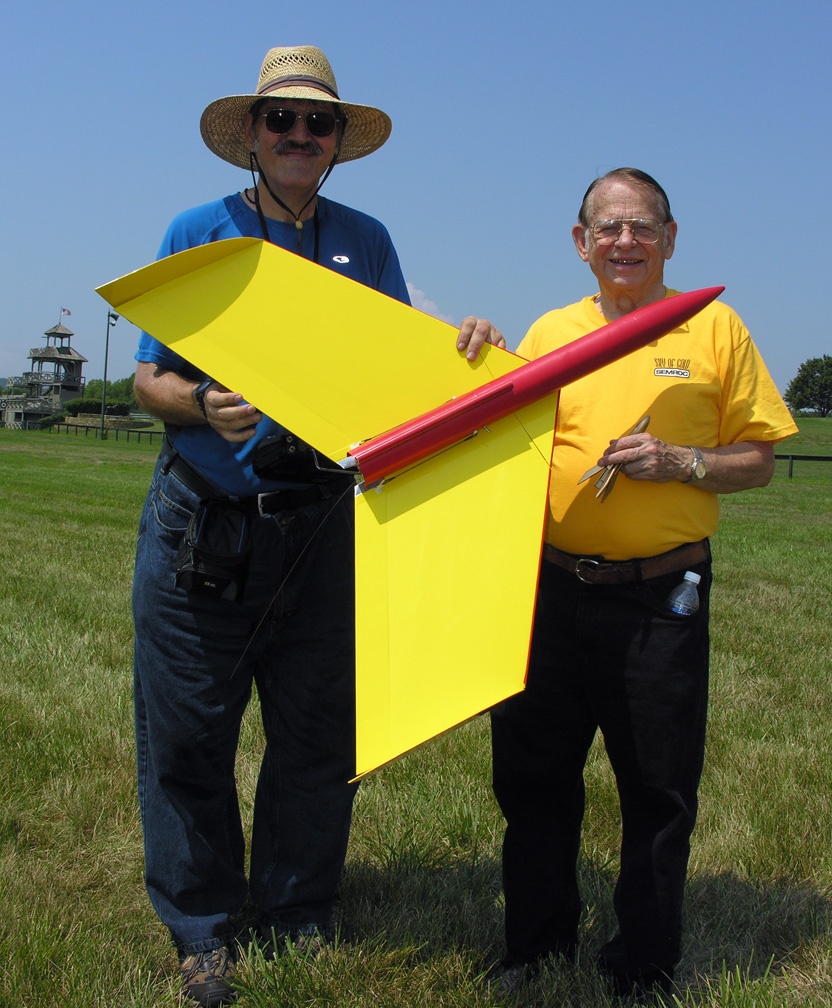The Bowling Ball Loft (start a new thread to bi##h about it) is likely the most developed and longest running HPR event. Here we tried to get the altitudes down to be able to launch at LDRS locations with low waivers.
The bowling ball loft was based off the idea of the egg loft, a standard size and weight payload that was easily and cheaply obtainable. As the event went on we used smaller motors to get the altitude down, we went to PD rather than altitude due to the erroneous readings from altimeters. Most of the major manufactures made I and then H motors at max impulse for class and high thrust specifically for the event.
I believe if an event for NAR HPR competition were to be started the motor manufactures would support it and design and certify optimized motors.
For a new event I would suggest a payload similar to the Standard NAR payload but sized and weighted to suit the motors. We received a lot of flak just because the payload was a B-Ball, if it had been a nose cone filled with an equal amount of ballast life would have been quieter. A quick scaling of a C motor payload rocket to an I motor would give a 3” diameter, 11” long and weigh 4 lbs (64x the weight and volume). A quick sim of a simple rocket goes 5000’. That is a reasonable rocket and altitude. If the payload is scaled to the motor the altitude stays ballpark the same. The payload is a cardboard tube filled with sand, not controversial.
Mark
When were the last 5 times it was held, and how many flew it those last 5 times? I didn't follow it but my impression was it was a limited event flown by a few people which died out due to to lack of interest.
The fact of the bowling ball was only part of the problem. To me and others, a big dumb inert payload for the sake of flying a big dumb inert payload was more of the problem. So, whether it was a bowling ball, 4 pounds of sand in a payload section, or a Mark and Brian turkey (how many will get that reference?), it's still basically the same basic big dumb payload for the sake of a big dumb payload problem.
As for HPR scale-up of old glider kits, that's a real niche. There's not many who can successfully fly an HPR glider of any kind, not even that many that can fly one on F or G power. And that is when they have the freedom to design exactly what they want to, rather than being forced to do an accurate scale-up of a Classic kit which can cause a lot of complications.
Take for example one that is actually pretty decent to scale up, the Estes Astron Space Plane.
https://georgesrockets.com/GRP/GLIDERS/SpacePlane/Spaceplane.html
I made a 2x (B or C power) and a 4X (F13 or G12 power) model, for R/C. The only viable way to make the R/C work was to have control horns and pushrods exposed. And it didn't matter since I did it for FUN, not for a contest. But it would be no good for a contest, because it would lose points for the exposed pushrods and horns, lose points for not having a scaled-up elevon rubber band and elevon angle stop system like the original (plus the angle stops would interfere with R/C). And lose points for not having the roll tabs at the ends of the tip plates that the original used to make it roll on boost, which was not needed for an R/C model and would interfere with the R/C boost and R/C glide if they were added for judging purposes.
Now, having said that, I do have a dream of one day making an 8X to 12X Astron Space Plane. But only for fun, for my own reasons, when I'm ready to, and not something made for a specific date and built to be judge-worthy accurate and pretty as would be needed for a contest model. The 4X Spaceplane handles absolutely beautifully as an R/C glider, and with a G12 motor at about 20-24 ounces liftoff mass, it was easy to boost too.
- George Gassaway




